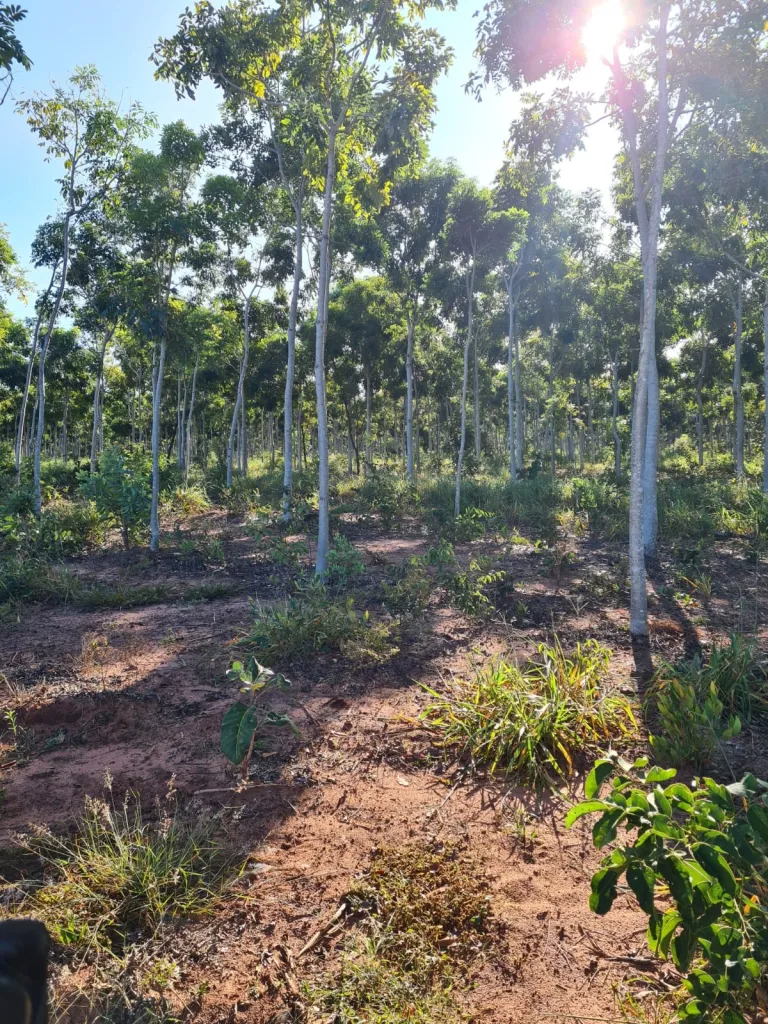
Agriculture and GhG
Agriculture generates between 10 and 12% of anthropogenic greenhouse gas (GHG) emissions. These will probably increase in the coming decades due to the growing demand for food and changes in diet.
Regenerative agriculture could offset up to 27 billion tons of CO2/year. Nevertheless, it is a highly controversial solution due to measuring uncertainties and the high associated costs involved.
Regenerative Agriculture
Regenerative agriculture describes farming and grazing practices that, among other benefits, reverse climate change by rebuilding soil organic matter and restoring degraded soil biodiversity – resulting in both carbon drawdown and improving the water cycle.
Based on four pillars: increase in the content of organic matter in soils, increase in biodiversity, stable carbon capture, and biological restoration of soils.
The steps are:
Restore the chemical balances of the soil.
Increase the biological carbon content in the soil.
Increase biodiversity.
Carbon Farming
Carbon farming, through regenerative agriculture, mitigates the effects of climate change by removing carbon from the atmosphere and fixing it in soils and biomass (plants and microorganisms) in stable ways, preventing its loss as carbon dioxide or methane.
Regenerative Agriculture in the Middle East
Below are some examples of regenerative agriculture being practiced in Saudi Arabia, Jordan, and Lebanon:
Saudi Arabia - Video of Al Baydha Project -Neal Spackman
Lebanon - Scarabee Regenerative
Learn More
If you are interested in planting trees as windshields, learn how we do it in the Amazonian region. See our projects
We live like squatters, not as if we owned the property Thomas Edison
